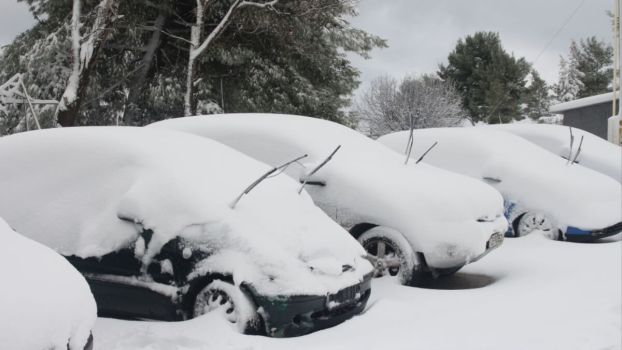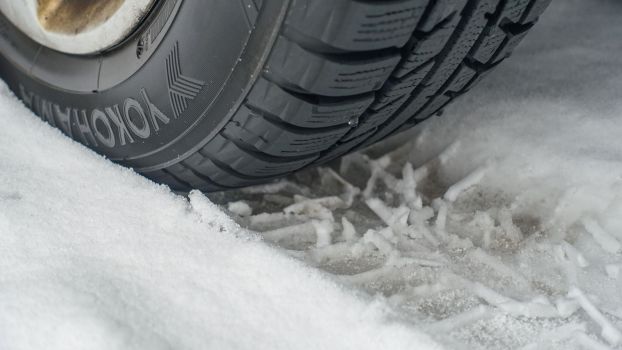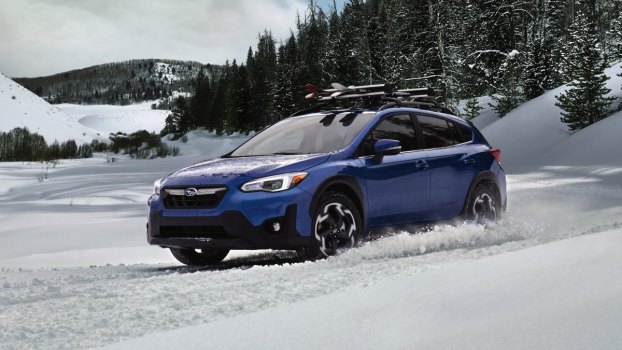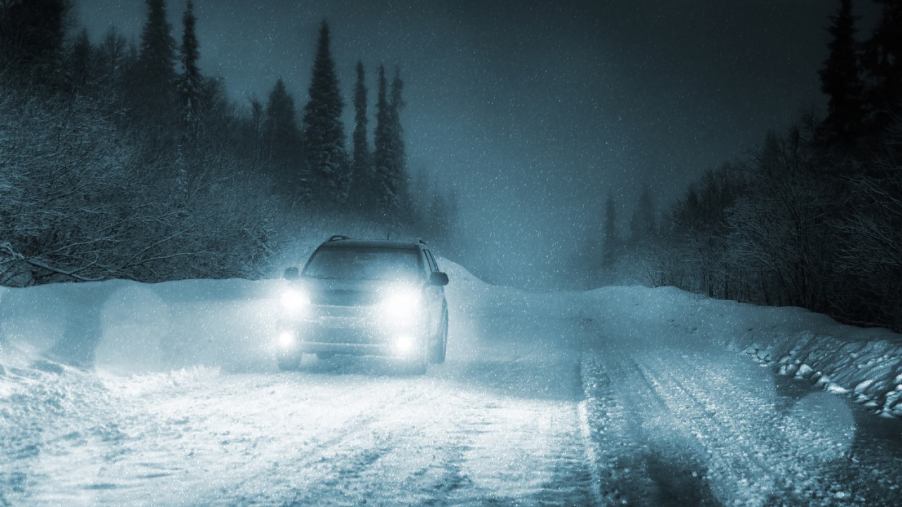
Essential Winter Driving Tips to Outsmart Black Ice
Whoa! Look Out! The slippery roads covered in black ice can make winter driving extremely dangerous. Even the most advanced car safety systems can’t help you avoid the dangers of black ice on the roadways. This ice is extremely difficult to detect and makes driving in winter more challenging. Here’s what you should know about black ice and how to drive on it.
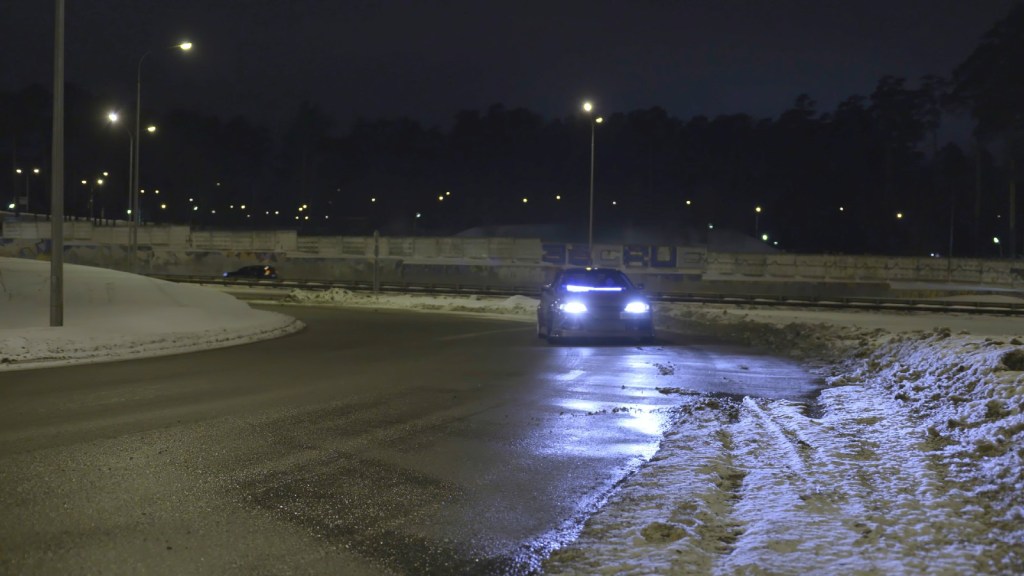
What is black ice?
The ice that you see on the road isn’t black ice. Some make this mistake and think that because it’s on the asphalt surface, it’s called black ice. This feared frozen surface is like regular ice; it’s a glaze that forms on sidewalks, driveways, and roads. According to the U.S. Forest Service, this specialized ice is formed the same way as the ice you see, but instead of being visible as ice it blends in and looks just like the surface it’s frozen on. This makes it much more dangerous than regular ice.
How should you drive on black ice?
Driving in wintry weather should be a cautious affair, but when your vehicle begins sliding on the black ice, you should follow a few driving tips and try to remain calm. These tips are:
- Take your foot off the gas pedal as soon as the vehicle begins to slide. This begins the slowing process.
- DO NOT SLAM ON THE BRAKES! Slamming on the brakes will make your car slide more. Instead, tap the brakes lightly to slow the car with control. You can continue tapping the brakes repeatedly to maintain control and slow the vehicle until it stops.
- Look ahead for trouble. If conditions are favorable for black ice, look ahead, and if you see other cars sliding, downshift into a lower gear and begin slowing before you come onto the black ice. This lower gear forces your car to drive more slowly, providing more control.
- When your vehicle begins to skid on the ice, turn your wheel in the direction of the skid. It’s instinctive to turn against the skid, but this will worsen things.
- Leave lots of extra room while driving. Winter weather is tricky, and you could end up on the side of the road if you don’t leave extra room to avoid sliding on the ice.
- Large 4WD vehicles don’t offer any advantage on ice; don’t assume your vehicle can grip ice like it does the dirt on off-road trails. Slow down and take it slow.
A few additional winter driving tips
When your vehicle hits the black ice on the road, you won’t have much control, but if you use the tips above, you’ll have a better chance of coming out unscathed. Other winter driving tips to help you avoid accidents are:
- Drive with your low-beam headlights on, even in the daytime. This makes your vehicle more visible.
- Check your tire tread
- Use extra caution on bridges, overpasses, and roads near bodies of water
- Always wear your seatbelt
Black ice is dangerous, but using these driving tips can improve your survival chances and avoid potential accidents.
